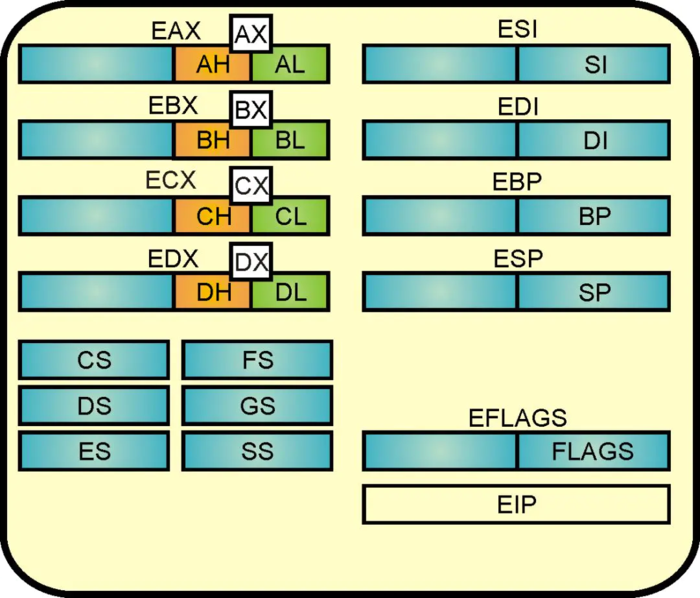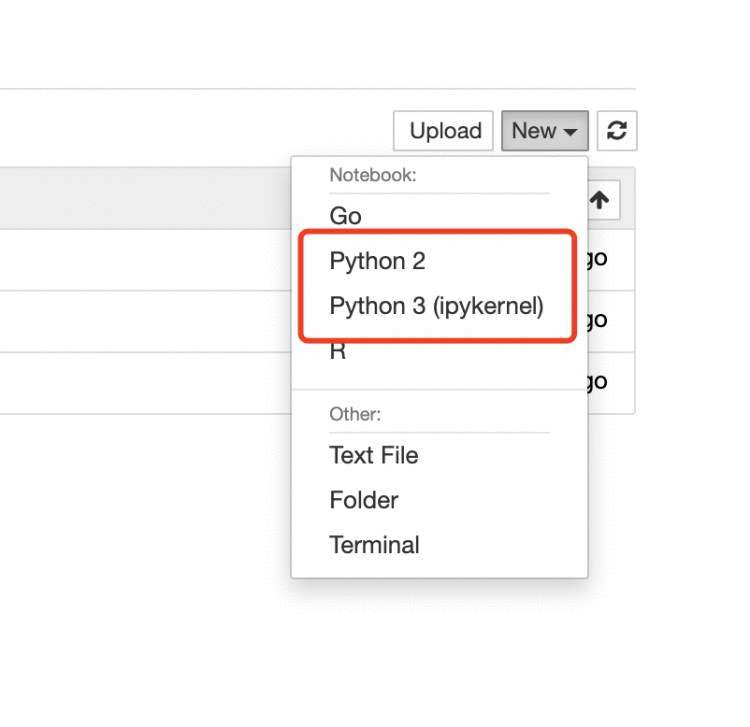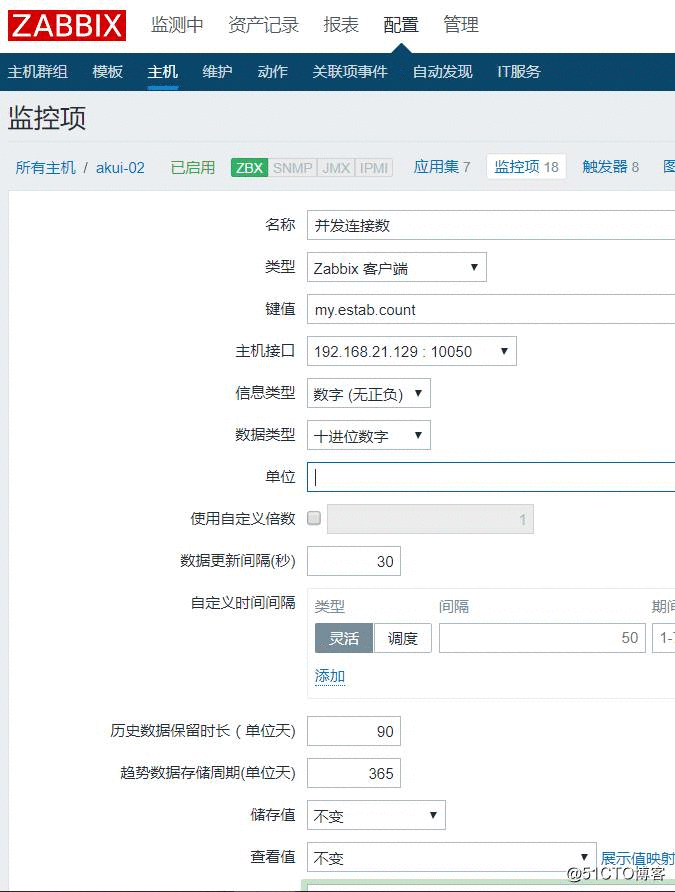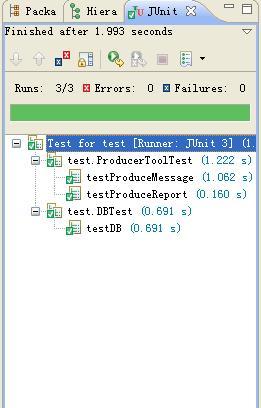2019独角兽企业重金招聘Python工程师标准>>> 
我记得曾经 有一个大师说过这么一句话,大概的意思是说如果你懂得了编程,那么请你给我用非递归表达你的思想。我想非递归隐藏的东西恰恰应该是程序员应该注意的东西。因为递归的隐藏,让我们其实没有真正的理解实现的具体细节。今天我想用非递归的方式去做一下快排。
大家都应该知道快排:
1、不稳定排序
2、时间复杂度:O(nlogn)。糟糕的时候时间复杂度是O(n*n)
思想是
1借用一个元素为flag 让数组左面的数组小于该flag,右面的数大于该flag。
2左右分割区域继续找flag递归1步骤。
非递归的思想更能够清楚的描述快排的思想。
1、设置两个栈区,分别记录前后区域的初始位置和结束为止。(开始为数组的0位置和终止位置len-1)
2、用快排思想找到flag。然后判断前后区域是否为空,如果有一个不为空说明还有需要排序的数据。否则排序过程结束。
package example;
import java.util.Stack;
/**
* Created by Administrator on 2015/11/29.
*/
public class QuickSort {
public static void main(String[] args){
int[] a =new int[]{1,11,4,23,2,78,54,99,102,100,22,34};
Stack
Stack
start.push(0);
end.push(a.length-1);
while(!start.isEmpty()){
int start1= start.pop();
int end1 = end.pop();
int priot=partition(a,start1,end1);
if(priot>start1+1){
start.push(start1);
end.push(priot-1);
}
if(priot<&#61;end1-1){
start.push(priot&#43;1);
end.push(end1);
}
}
for(int i&#61;0;i
}
}
private static int partition(int[] a, int start1, int end1) {
int priot &#61; a[start1];
int start &#61;start1;
while(start1
swap(a,start1,end1);
}
a[start1]&#61;priot;
return start1;
}
private static void swap(int[] a, int start1, int end1) {
int tmp&#61;a[start1];
a[start1]&#61;a[end1];
a[end1]&#61;tmp;
}
}
2016年8月3日
递归今天写了下&#xff0c;还是总犯错啊&#xff01;&#xff01;&#xff01;&#xff0c;贴出代码吧&#xff0c;继续学习
/**递归快排* &#64;author hassop* &#64;Description* &#64;date 2016/8/3 0003* To change this template use File | Settings | File Templates.*/
public class QuickSearch {/*** 非递归* &#64;param a*/static void quick(int[] a,int begin,int end){//终止条件if(begin&#61;&#61;end){return;}int i&#61;begin&#43;1;int j&#61;end;int k &#61;a[begin];//排序过程while(i












 京公网安备 11010802041100号
京公网安备 11010802041100号